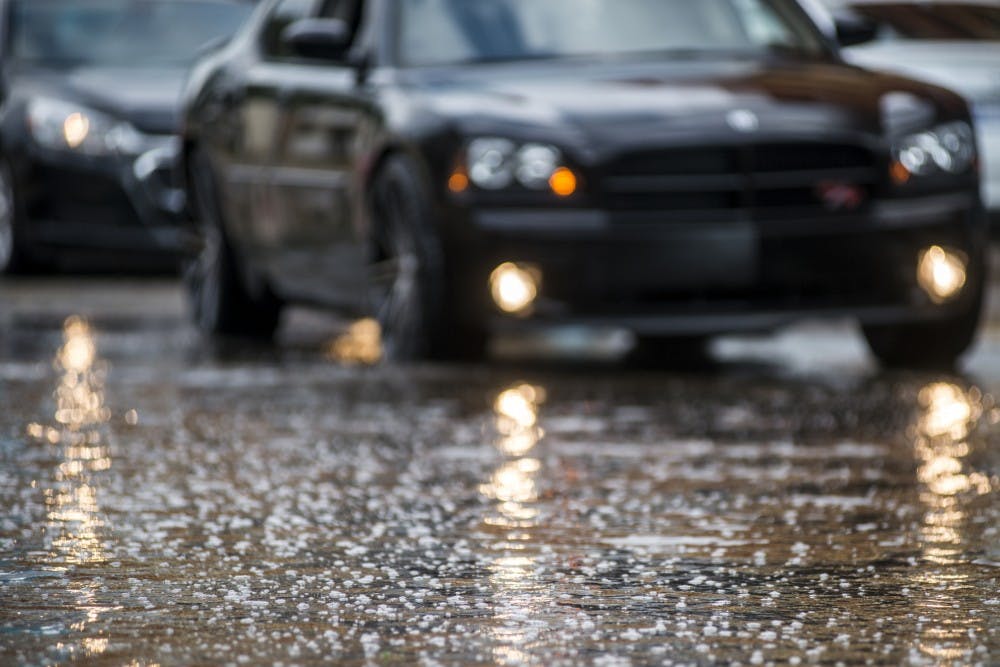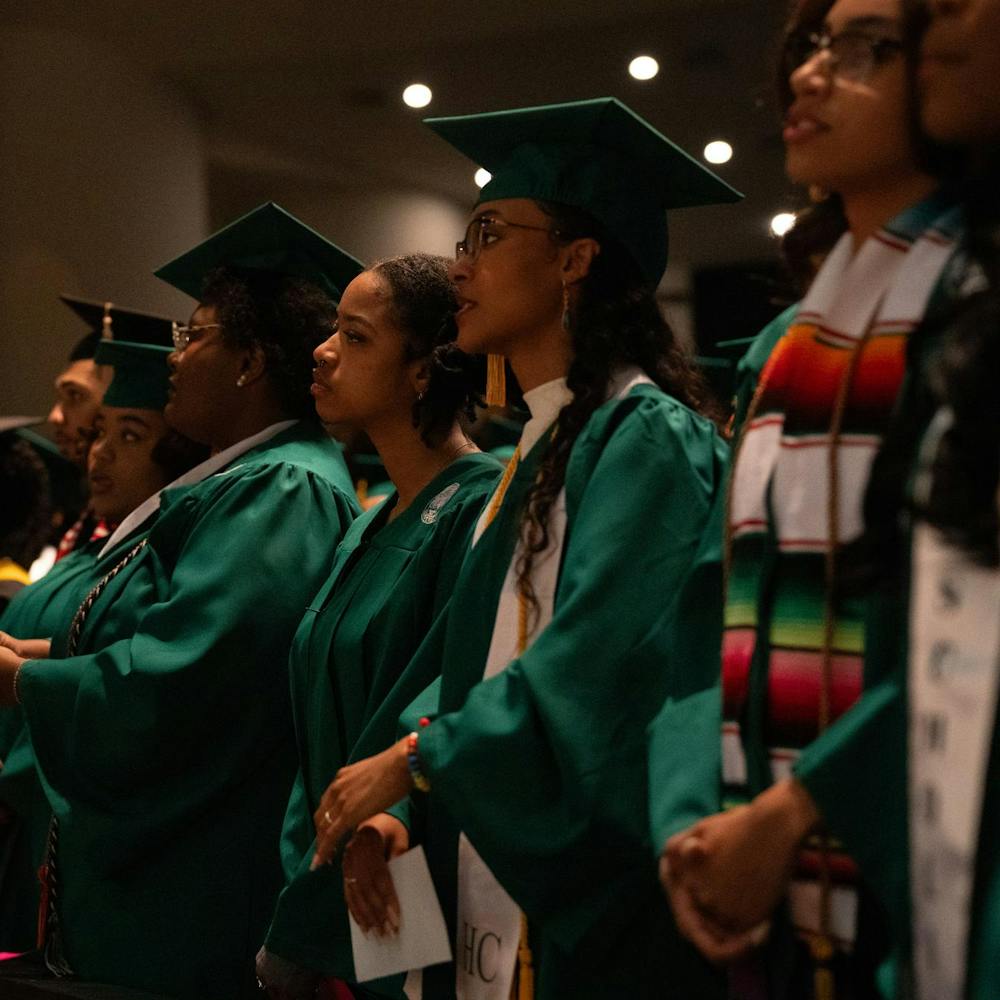More Michigan drivers and passengers are wearing their seat belts.
Michigan’s seat belt use rate has increased to 94.5 percent so far this year, the highest it’s been in five years. MSU led the federally-funded study on behalf of the state of Michigan and the National Highway Traffic Safety Administration’s Click It or Ticket campaign.
“This is good because it ensures people are less likely to die in crashes or suffer from severe injuries,” Anne Readette, communications manager for the Office of Highway Safety Planning, or OHSP, a division of Michigan State Police, or MSP, said. “Any increase in people buckling up is a success story.”
To come up with this statistic, Dr. Timothy J. Gates, associate professor of MSU’s Department of Civil and Environmental Engineering, led a team of researchers in observing the seat belt user rate in more than 30,000 passenger vehicles at 200 locations across 33 counties in Michigan. The margin of error was 0.2 percent, below the maximum federal limit. No heavy trucks were observed in this study.
The team consisted of six MSU student employees and six employees from Wayne State University, which was a subcontractor for the project. They worked full time out in the field over the course of two weeks in June. Gates, their supervisor, did not go out in the field with them, but he audited where everyone was at any given time. Everyone participated in data entry, which takes several days after conducting the roadside observation studies to complete.
According to Gates, the National Highway Traffic Safety Administration, or NHTSA, requires every state to conduct seat belt observation surveys using this methodology and other guidelines at least once a year.
Readette said the information gathered from the observation studies is very important because it helps the OHSP see trends in change of behavior areas that need more attention. From there, the OHSP can work on reaching out to people who are less likely to wear seat belts, whether it’s through commercial advertising, banners or other forms of information sharing.
“It's important for me to help the state understand where (the) safety belt use rate is lower than where they should be so they know where we can further improve use rates,” Gates said.
Both Readette and Gates said based on previous years’ statistics, young men who drive pickup trucks, especially those who live in very rural or very urban areas, are least likely to buckle up. With this kind of information, OHSP knows it should focus its outreach efforts on this demographic to educate these people on the importance of seat belt safety. Readette said OHSP will receive a detailed report on gender and other statistics based on MSU’s observation study sometime in the next couple of weeks.
“We get more robust information that way,” Readette said.
Michigan’s all-time seat belt use record peaked at 97.9 percent in 2009, but until this year, the use rate had since slumped and stagnated at around 93 percent.
“I’ve been in the office a long time, and many, many years ago, getting 70 percent seemed a stretch. Could we even get that far?” Readette said. “To get over 90 percent is a really good thing, but it’s still not perfect.”
According to MSP’s recent press release, “every one percent increase in seat belt use means an estimated fewer 10 traffic deaths in 100 fewer serious injuries.”
Readette recommends seatbelts, even as cars come with more safety features.
“We all like to think we can avoid a crash but you never know what others are going to do, and the best defense is wearing your seat belt,” Readette said. “Newer vehicles have more safety features like airbags, but the number one safety device is the seat belt. When you’re buckled up, you get the best safety benefits from all of the airbags in your vehicle if you are properly belted in place.”
Gates and his team will conduct the same study again after Labor Day for the annual, federally-mandated survey.







